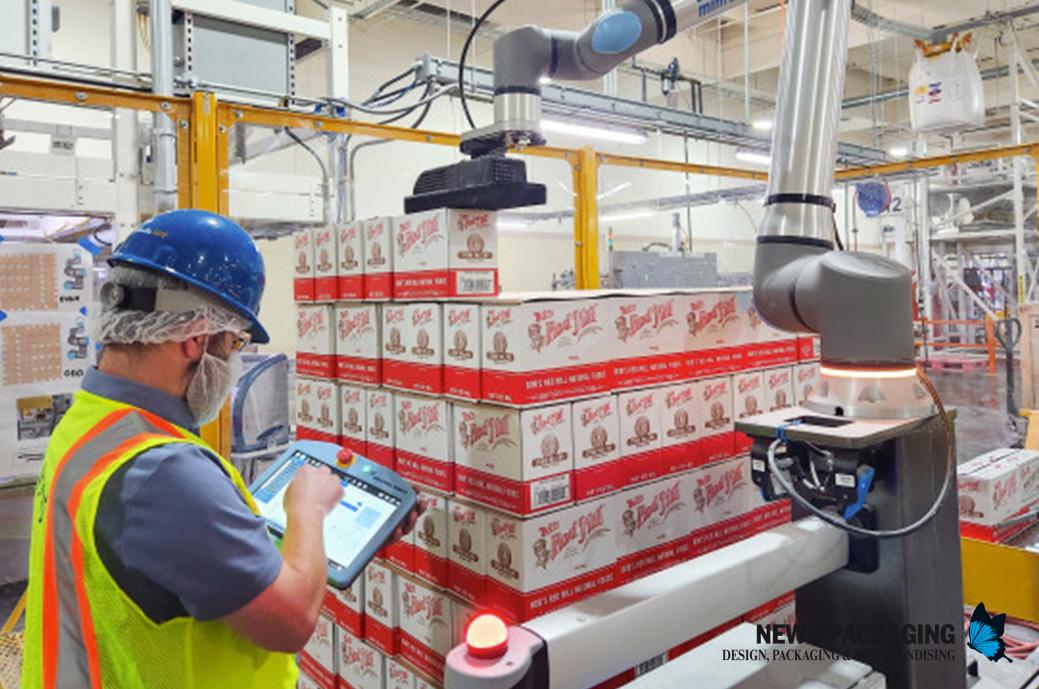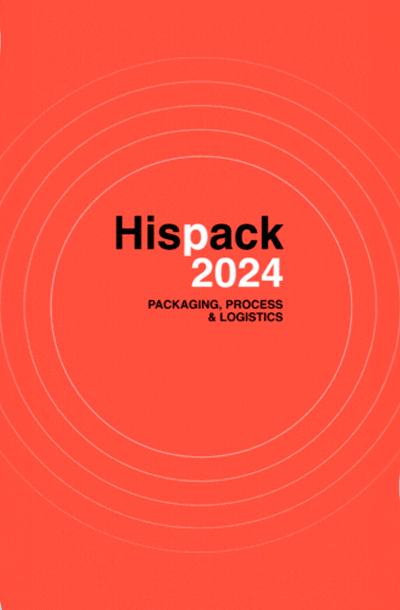industrial automation plays a key role in reducing workplace accidents in Spain. This is confirmed by an analysis carried out by Universal robots In collaboration with asepeyo. The analysis, which takes as a reference the statistics of the Ministry of Labor and Social Economy on work-related accidents in 2022, confirms that around 30% of work-related accidents in Spain were caused by physical overstrain on the musculoskeletal system.
These are injuries that industrial automation solutions, including collaborative robotics, could reduce to a minimum by taking on load handling tasks and repetitive work. In this way, the integration of robotics in Spanish industry could contribute to avoiding up to 160.000 workplace accidents caused by physical overexertion.
Furthermore, the industrial automation It could also drastically reduce the number of occupational diseases. According to data from the Ministry of Labor and Social Economy analyzed by Asepeyo, in 2022 there were 22.408 reports of occupational diseases in Spain. Of the total, more than half (53,7%) were caused by forced postures and repetitive movements at work. The most common causes were fatigue and inflammation of tendons and muscles from straining the body with demanding physical tasks.
Furthermore, Asepeyo confirms that three out of every ten accidents resulting in sick leave from its mutual companies are due to overexertion and musculoskeletal disorders.
The impact of workplace accidents and occupational diseases affects both safety at work and the productivity of companies. According to Asepeyo estimates, each work accident means an average of 11,4 days of sick leave, a fact that directly affects the functioning of many companies. According to the International Labor Organization, every year around 400 million people suffer workplace accidents in the world, which represents a loss of productivity equivalent to 5,4% of global GDP.
“By taking on tasks related to the handling of loads, the performance of repetitive movements and tasks prone to generating blows and collisions with other objects, collaborative robotics has become a tool for improving workplace safety,” he says. Alexander Climent, Head of Technical Support South Europe & MEA at Universal Robots.
Asepeyo's analysis also confirms that the economic sectors related to the supply and management of waste, extractive industries, construction and the manufacturing industry are the activities with the highest level of incidence in accidents with sick leave caused by overexertion.
Safety in collaborative robotics
Collaborative robotics is characterized by its ability to operate in hybrid work environments, where people and robots act without fences. This has meant that collaborative robotics have been subjected to different quality and safety standards that guarantee their operation in the industry. Its implementation must be subject to a risk assessment to analyze all possible accident scenarios, evaluate the consequences that these would have and the probability of their occurrence, in order to determine the risk they pose and the measures necessary to completely eliminate them or minimize them up to a level that is considered safe enough.


















